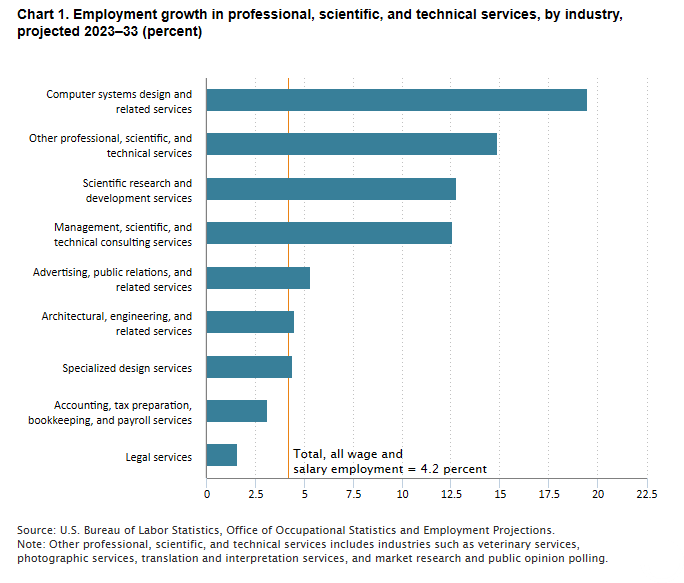Did you catch our post on prepping for year-end? We know you are busy, so if you happened to miss it, No. 10 on the list was familiarizing yourself with the new tax law changes. Wondering where to even begin? Well, the research and development (R&D) tax credit is one you will not want to miss if you are a startup or a new growing business.
Previously, it was hard for startups to claim an R&D tax credit until they were seen as profitable by the IRS. Now, with the payroll tax offset that was introduced along with the PATH Act in 2015, new and growing businesses have an opportunity to apply.
Is my company eligible for the R&D Tax Credit from the IRS?
Your company is eligible for the R&D tax credit payroll offset if it has:
- Gross receipts for five years or less;
- Gross receipts of less than $5 million for the tax year;
- Qualifying research activities and expenses. From the IRS:
“Qualified research means research for which expenses may be treated as section 174 expenses. This research must be undertaken for discovering information that is technological in nature, and its application must be intended for use in developing a new or improved business component of the taxpayer. In addition, substantially all of the activities of the research must be elements of a process of experimentation relating to a new or improved function, performance, reliability, or quality.”
It is worth noting that IRS’ definition of research activities and expenses is broader than you might expect. Check with your tax accountant if you are unsure if you qualify.
When can I apply for the R&D tax credit payroll offset?
The offset will be available for qualified expenses incurred in 2016 onward. So, it is a good idea to start identifying eligible expenses if you have not already. The credit must be shown on your federal income tax return and the portion of the R&D credit that will offset payroll taxes will need to be identified when that return is filed. You will have the opportunity to claim payroll taxes up to $250,000 a year for five years beginning the quarter after the credit is claimed on the federal return. In other words, following the 2023 return, the earliest payroll offset would be in July 2024.
The R&D payroll offset
Your company is required to pay Social Security Tax of 6.2% on each employee’s salary. The credit can be applied to offset those taxes up to $250,000 a year for five years, and that is for all your employees’ wages, not strictly R&D wages. It can be claimed on a quarterly basis up to $250,000 per year and you can roll forward the remaining credit to the next quarter.
Required Forms for IRS R&D Payroll Offset:
- Form 6765 (Credit for Increasing Research Activities);
- Form 8974 (Qualified Small Business Payroll Tax Credit for Increasing Research Activities). This form will be introduced in 2017; and
- Form 941 (Employer’s Quarterly Federal Tax Return).
Here is an example of what the R&D tax credit might look like:
- You have 20 employees earning $60,000 for a total annual payroll of $1,200,000.
- The annual Social Security Tax of 6.2% on that total payroll would be $74,400.
- The quarterly amount of tax you would owe and could claim on Form 941 would then be $18,600 ($74,400/4 = $18,600).
- Your quarterly Social Security Tax paid = Zero!! Cue celebratory high-fives now!
- Good to note: Because you haven’t claimed the maximum credit (which can be up to $250,000), you can claim a credit in future quarters.
There you have it, yet another way to see some awesome tax savings.
For more information contact us or ORBA’s tax services today.

